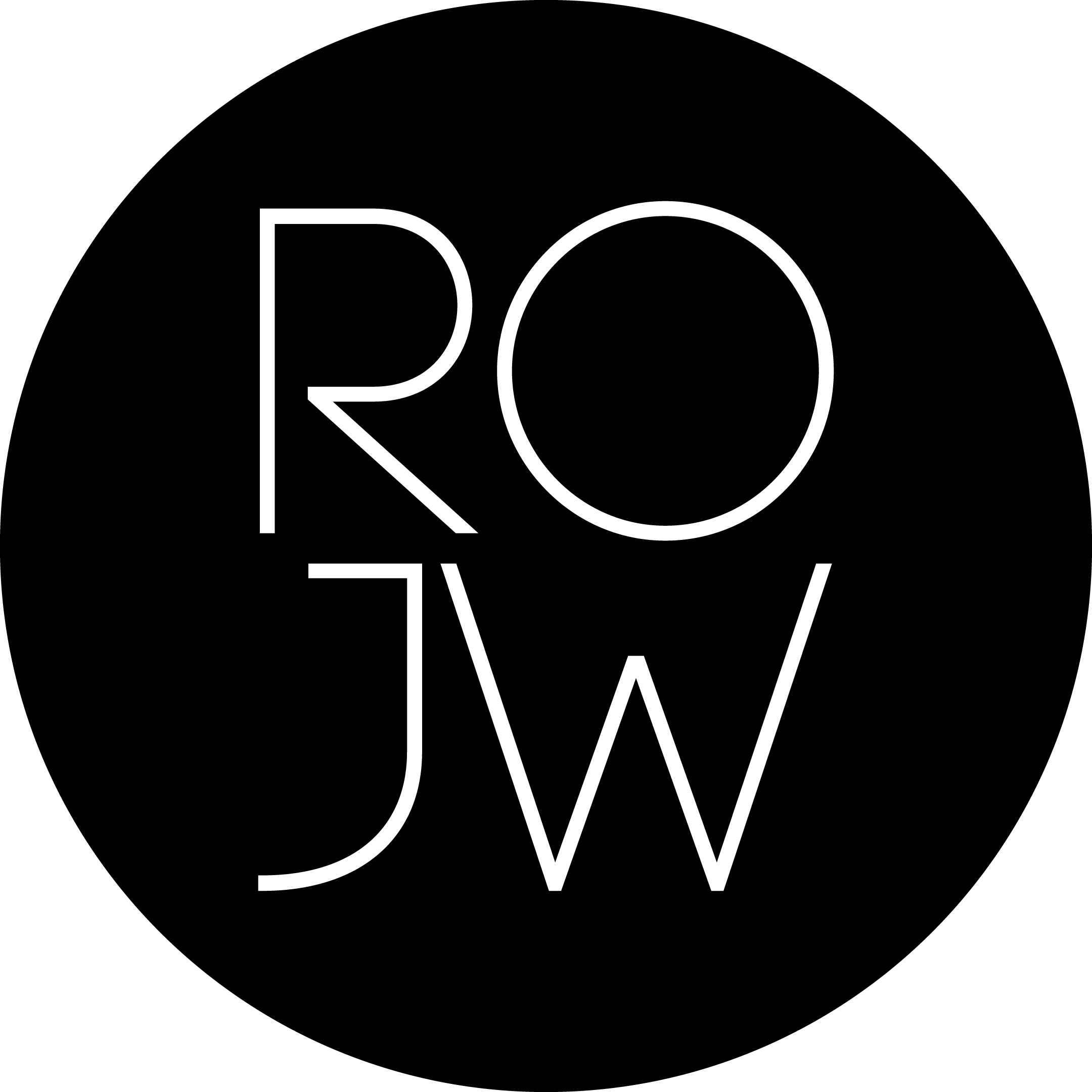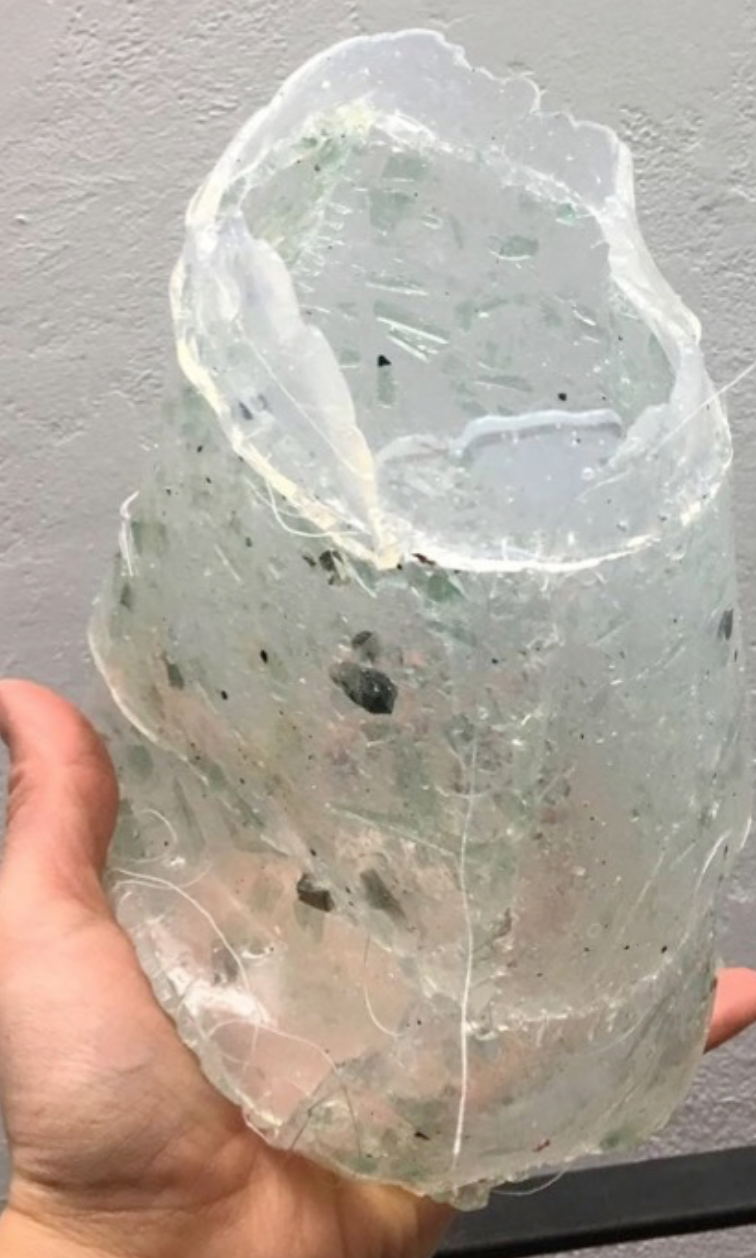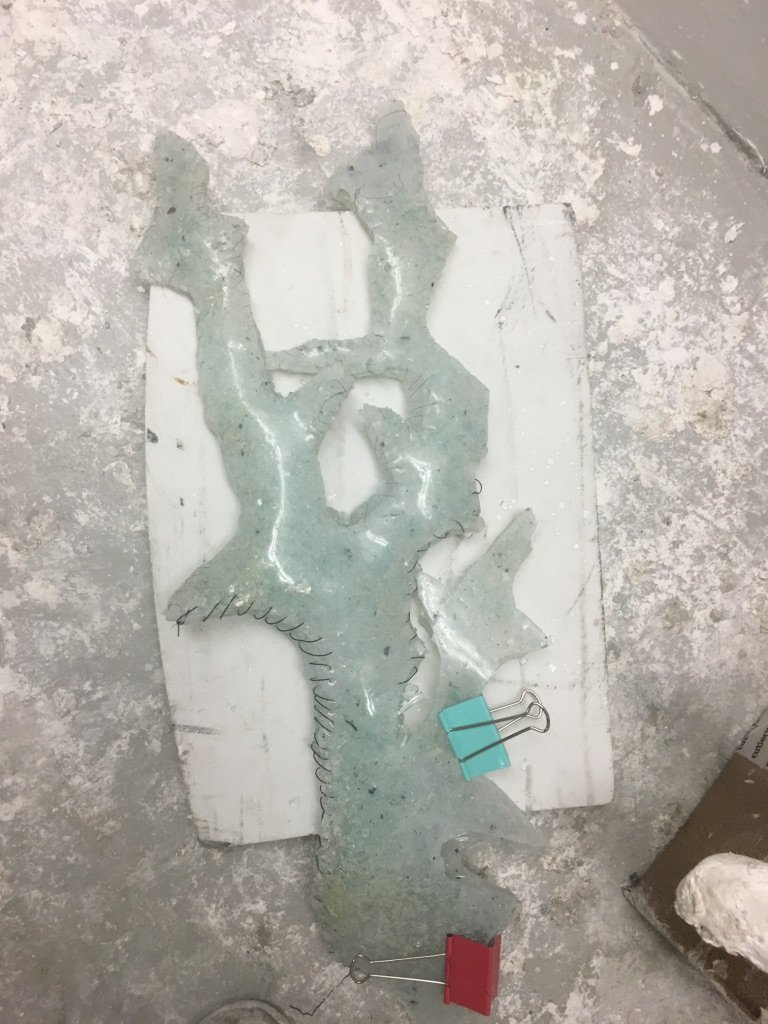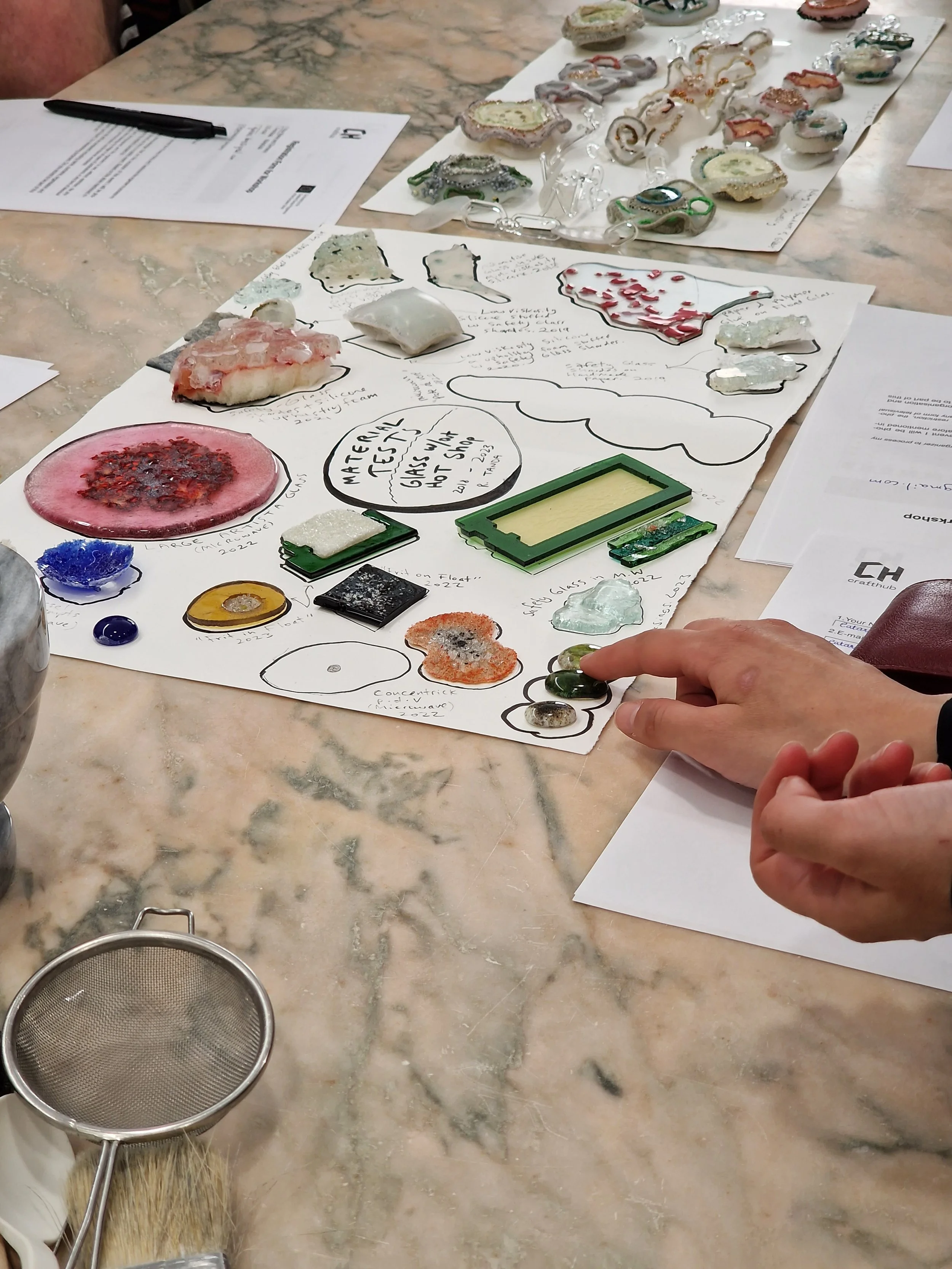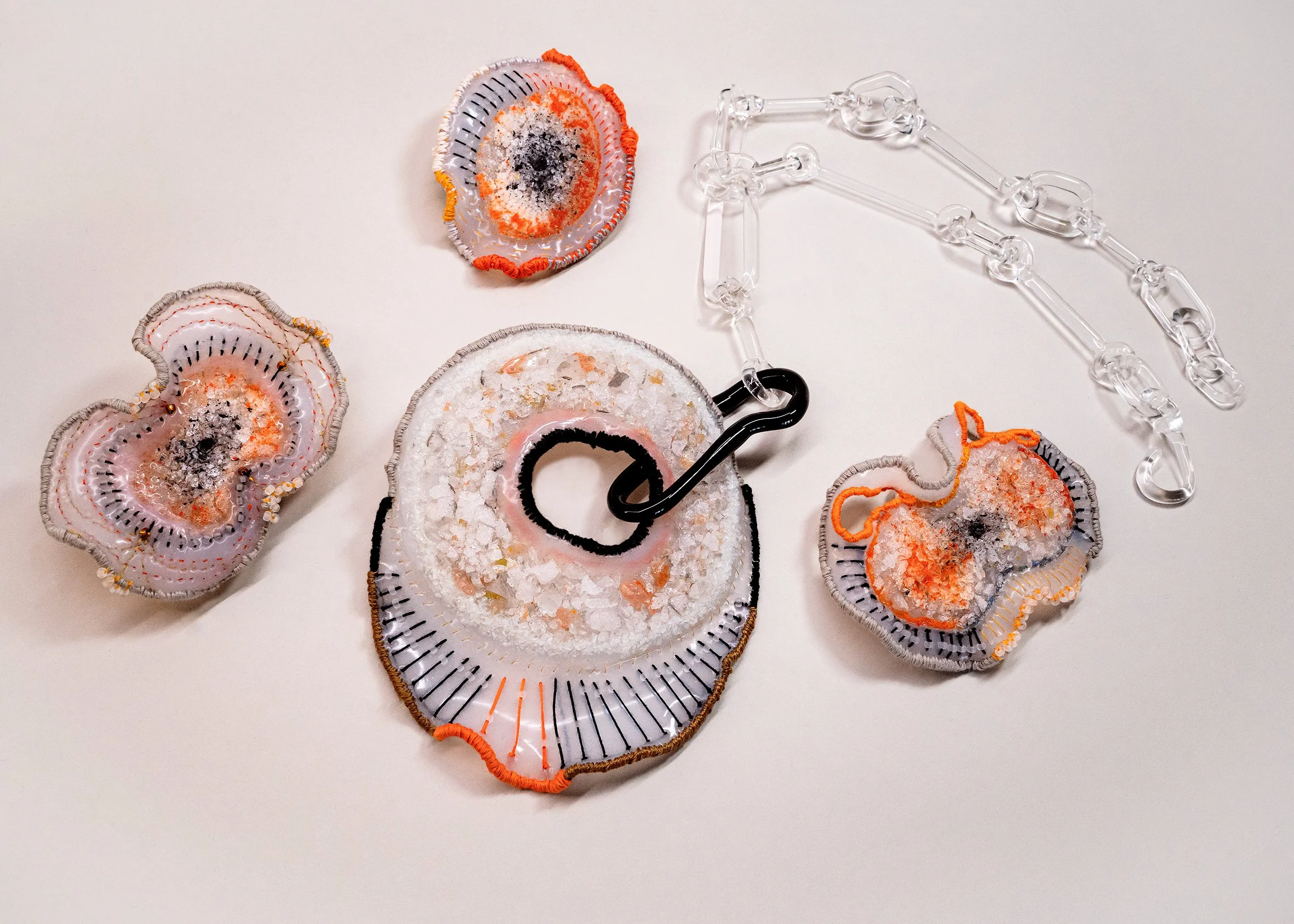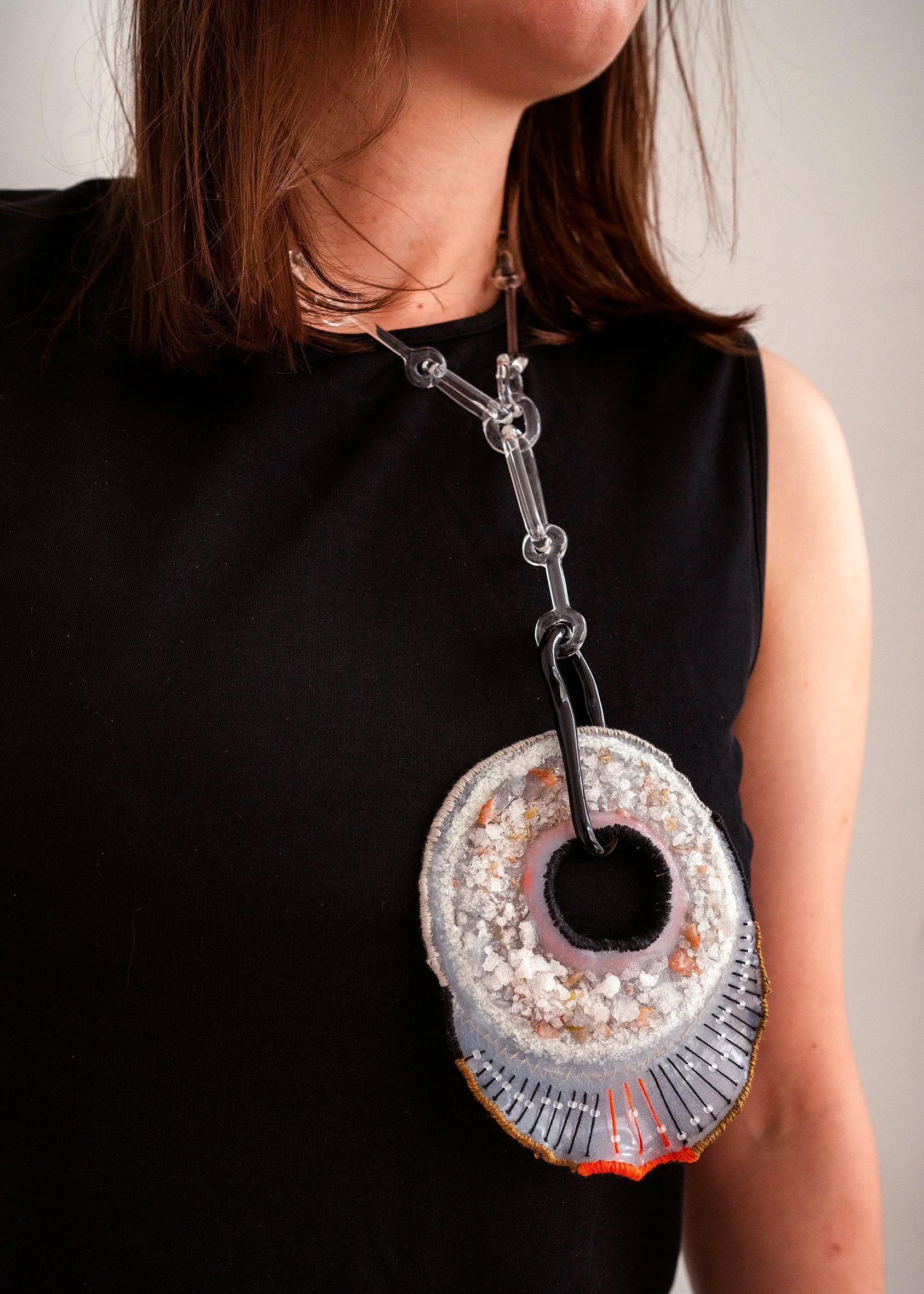Spot the Designer - Rebecca Tanda/ Germany
When have you started creating jewelry? How did this passion come about?
I considered myself primarily a sculptor, but with a really deep interest in materiality. I was doing research for a project and began spending a lot of time looking at vernacular jewellery, specifically Catholic amulets and Victorian memento mori; in other words, lots of animal bones & teeth, semi-precious stones and hair. It was then that I began to view jewellery as a vehicle to tell stories about materials and natural processes. It is this encoding of deep emotional meaning into material that truly fascinates me about jewellery. Glass as my material of choice has been a long journey; I like how it is full of contradictions and the challenges that it presents. Currently, I really enjoy working in the space between sculpture and jewellery – objects. I am especially interested in brooches as a kind of autonomous body sculpture, or very ornate pieces of hardware.
What was your first project or significant piece for you and from what point of view?
About five years ago, I began to experiment with unconventional ways of working with glass. A big "aha!" moment in the beginning was mixing car window glass with low viscosity silicone to make a brittle rubber, which I am able to sew to make organicforms. Recently I had the opportunity to share this, and some other of my glass processes in a workshop through the Vicarte Glass & Ceramic Program in Lisbon, Portugal. Seeing these early glass-hybrid materials next to some of my finished brooches felt like very big moment and motivates me to keep pushing further.
How do you charge your batteries? What other passions and creative interests do you have?
Anything in nature or outdoors, especially a long hike. I really enjoy foraging and am currently learning how to keep bees.
What does the connection between manufacturing tradition and contemporary design mean to you?
This is something that is truly never far from my mind. Glass, especially where I am currently living and working, has such a long tradition. This comes with very set formal and aesthetic expectations. When I tell people that I make glass jewellery there is an immediate assumption that I am making soft glass beads. I like the moment of confusion and break with expectations when they are confronted with my work. My hope is to present glass as versatile and resilient by honoring traditional craftsmanship while continuing to push what this material is capable of conveying.
Is there a self-portrait piece that speaks most about you?
A big moment for me was completing a recent series titled magnetic field. I wanted to focus specifically on the geometry of the geo-magnetic field. This concentric infinity shape was stitched with thread into the translucent silicone around the glass centerpiece. This central ornament was created using the pâte de verre fusing technique. Small, semi-coarse glass particles are heated and thus pull and fuse together to create a unified whole, a process that is in and of itself analogies to magnetic attraction.
Photo credit: Magdalena Joos
Which material have you not yet used is a temptation and a challenge for you?
There are some more niche processes that I really want to try and add to my toolkit. Specifically, electroplating as well as combining glass with tungsten and other compatible metals is something I want to work with in the near future.
How do you see the future of contemporary jewelry?
For me it will be diving further into material processes and ultimately having control over ever aspect of production. This interests me not only from a sustainability aspect, but also as a way to think more poetically about the material. Re-purposing antique glass and eventually making my own glass from scratch is something I really look forward to.
Find more about the designer Rebecca Tanda
